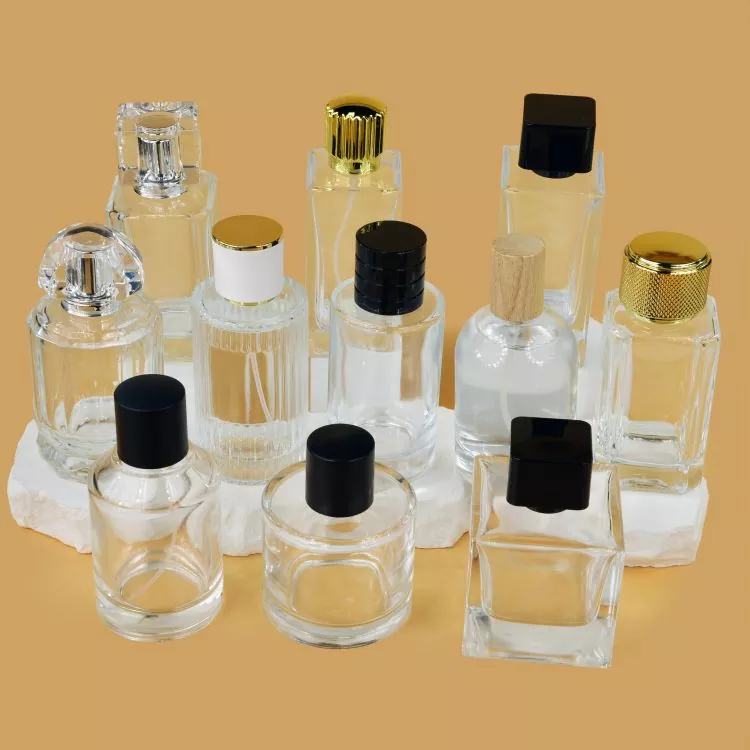What is the psychology of perfume bottles?
2024-06-14
The psychology of perfume bottles involves understanding how the design, shape, color, and overall presentation of a perfume bottle can influence consumer perceptions, emotions, and purchasing decisions. Here are several key aspects of this psychological impact:

1. First Impressions and Attraction
- Visual Appeal: The initial visual impact of a perfume bottle can attract potential buyers. A beautifully designed bottle can catch the eye and stand out on the shelf.
- Aesthetic Design: Elegant, luxurious, or unique designs can create a sense of exclusivity and desirability. The artistry of the bottle often reflects the quality and prestige of the perfume.
2. Symbolism and Meaning
- Shape and Form: Different shapes can evoke different emotions and associations. For example, rounded bottles might suggest softness and femininity, while angular bottles can imply strength and masculinity.
- Cultural References: Some designs may incorporate elements that resonate with specific cultural or historical references, enhancing their appeal to particular demographics.
3. Color Psychology
- Color Choices: Colors play a significant role in conveying the mood and character of the fragrance. For example:
- Red: Often associated with passion, love, and intensity.
- Blue: Conveys calmness, freshness, and serenity.
- Gold: Suggests luxury, wealth, and opulence.
- Transparency: Clear bottles allow the color of the perfume to be visible, which can also influence perceptions. A light, pastel color might suggest a fresh, floral scent, while a darker liquid can imply a deeper, more intense fragrance.
4. Texture and Material
- Tactile Experience: The feel of the bottle in the hand can enhance the sensory experience. Smooth, cool glass can feel luxurious, while textured or embossed surfaces add an extra layer of engagement.
- Material Quality: High-quality materials such as crystal or heavy glass can convey a sense of luxury and value. Plastic, while practical, may be perceived as less premium.
5. Brand Identity and Storytelling
- Brand Consistency: The design of the bottle should align with the brand’s overall identity and values. For example, a brand known for eco-friendly products might use sustainable materials and simple, natural designs.
- Narrative and Emotion: The bottle design can tell a story or evoke specific emotions that resonate with consumers. This narrative can create a deeper connection and make the perfume more memorable.
6. Perceived Value and Prestige
- Luxury Cues: Elements like intricate detailing, heavy caps, and high-quality finishes can increase the perceived value of the perfume. Consumers often associate heavier, more elaborate bottles with higher quality and exclusivity.
- Limited Editions: Special or limited edition bottles can create a sense of urgency and exclusivity, encouraging collectors and enthusiasts to purchase.
7. Functionality and Usability
- Ergonomics: The ease of use, including how comfortably the bottle can be held and how smoothly the spray mechanism works, can affect consumer satisfaction.
- Portability: Smaller, travel-friendly designs appeal to consumers who need a portable option without compromising on the bottle’s aesthetic appeal.
Summary:
The psychology of perfume bottles encompasses a wide range of elements that influence consumer behavior and perception. From the initial visual impact and symbolism to the tactile experience and brand alignment, every aspect of a perfume bottle's design can contribute to its success in the market. By carefully considering these psychological factors, brands can create perfume bottles that not only attract consumers but also create lasting emotional connections and a sense of value.


